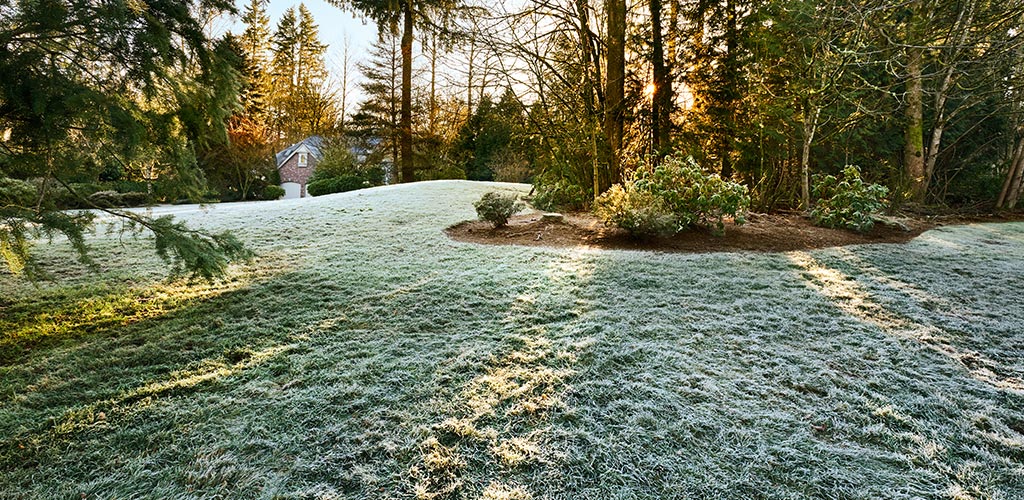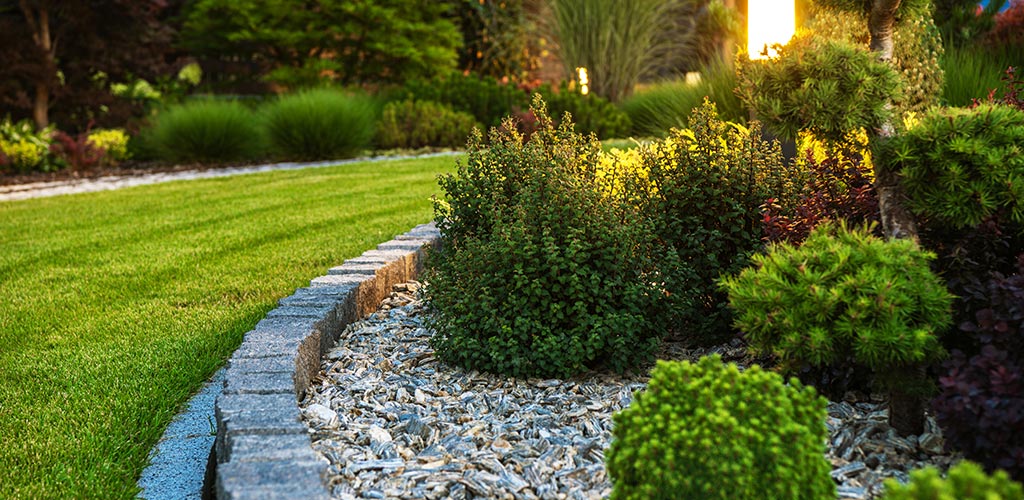Maintaining a lush, healthy lawn through the cold months in central Alabama requires careful planning and execution. As temperatures drop, the growth patterns and care needs of your turfgrass change significantly. Unlike the active growing seasons of spring and summer, winter care focuses on protection, maintenance, and preparation for spring growth.
The key is to balance between allowing your lawn to rest and ensuring it has the nutrients and protection needed to withstand the cold and potentially frosty conditions. This involves a combination of reduced mowing, proper hydration, timely fertilization, and vigilant pest and disease management, among other practices. The goal is not just to maintain the visual appeal of your lawn but to enhance its health and resilience against the winter’s challenges.
Below are turf management tips to keep your lawn in top condition during the winter, a critical period for setting the stage for spring growth.
Mowing
Reduce the frequency of mowing as your lawn’s growth slows down. Ensure the grass is not cut too short; a bit longer grass helps protect roots from frost. The ideal height can depend on the type of grass, but generally, keeping it at about 2.5 to 3 inches is beneficial during colder months.
Watering
Even in colder months, your lawn needs water, but less frequently. Water your lawn if it hasn’t rained for a while, preferably in the morning to allow moisture to soak in before potentially freezing temperatures at night. However, avoid over-watering, as this can lead to fungal diseases.
Fertilization
Late fall or early winter is a good time to apply a final round of fertilizer to cool-season grasses. This late-season fertilization will help your lawn store essential nutrients and maintain health throughout the winter.
Aeration
If you haven’t aerated your lawn in the fall, early winter is the last chance to do so before the ground freezes. Aeration helps relieve soil compaction, allowing oxygen, water, and nutrients to penetrate the soil more effectively.
Weed Control
Apply a pre-emergent herbicide to control winter weeds before they start to sprout. Be sure to choose a product that is suitable for the type of grass you have.
Leaf Removal
Keep your lawn free of leaves and debris. A layer of leaves can smother grass, block sunlight, and promote disease. Use a rake or a leaf blower to clear them away.
Disease Monitoring
Keep an eye out for signs of fungal diseases, which can be more prevalent in wet, cold conditions. Proper aeration, avoiding excess fertilization, and removing thatch can help prevent these issues.
Winter Preparation
If your area experiences freezing temperatures, avoid walking on frosted grass to prevent damage to the blades. Also, gradually reduce watering as you move deeper into winter to help the lawn enter a proper dormancy phase.
Equipment Maintenance
Use this slower time for lawn care to maintain and repair lawn care equipment. Sharpen mower blades, change the oil in your mower, and make sure all your tools are ready for the heavy-duty work in spring.
Plan for Spring
Late winter is a good time to start planning your spring lawn care strategy, including seeding, fertilization, and any landscaping projects you might be considering.
Each lawn is unique, and regional conditions will vary, so it’s important to treat these tips as general guidelines. If the idea of managing your turf seems overwhelming, consider hiring a professional lawn care company. At Steven’s Wack-n-Sack, we eliminate the guesswork by providing tailored solutions for every customer. Our comprehensive lawn care and turf management services ensure your lawn receives the expert attention it deserves. Contact Steven’s Wack-n-Sack for a detailed quote, and entrust your lawn care to the hands of experts dedicated to achieving excellence.



